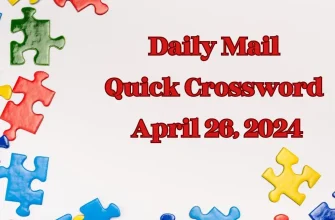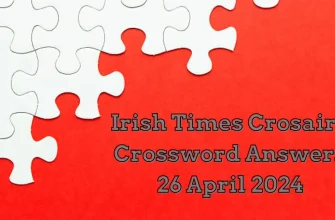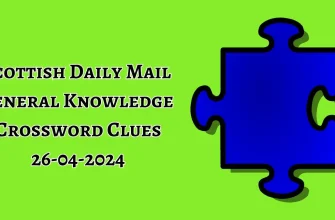“I’ve read for years about why people keep so many tabs open on their browsers—digital distraction, FOMO, boredom—and I’ve tried to pare down my own overpopulated browsers, but nothing sticks. Why can’t I become a closer?”
—Open Tab
Dear Open,
Before reading your question, I was actually not aware that there is a corpus of commentary about browser tab clutter. I have not perused the literature myself, though I imagine it’s like any content niche—a blend of prescriptive common sense and insular self-reference.
Beneath the broad digital highways of news, shopping, and social media, there exist endless grottoes of discourse, accessible via search queries, where cloisters of experts have already discussed any question or problem that has ever occurred to you to the point of Talmudic exhaustion. Sorry for the convoluted metaphor—it’s very difficult to visualize our experiences online.
In fact, a decade and a half ago, Kevin Kelly, a cofounder of this magazine, asked hundreds of people to draw a picture of the internet. It was an attempt to crowdsource the “unconscious layout” of the virtual world we spend so much of our lives navigating, to concretize the ephemeral flow of data in spatial terms. Most of the drawings were crude and idiosyncratic, and revealed, if anything, the impossibility of arriving at any shared vision of a realm that is basically empyrean. “The internet is intangible, like spirits and angels,” Kelly wrote. “The web is an immense ghost land of disembodied places. Who knows if you are even there, there.”
I could ask you, Open, by way of turning to your question, where precisely you are reading this column—which is to say, where these words exist in relation to the other content you have encountered or will encounter over the course of your day. If you are reading this in print, the answer is simple: The words exist in a magazine, an object that has precise and measurable spatial relationships to other physical things that are visible when you look up from the page. If you are reading this online, the question becomes more difficult to answer, though I imagine you have a sense—implicit and largely subliminal—that the article is located somewhere specific, one point on a map made up of all the other sites you have recently visited or hope to visit later. Most likely, that map resembles the tabs you have open on your browser.
Like most graphical widgets, tabs are metaphors whose referent has been largely forgotten. They grew out of the more expansive “desktop” trope that has dominated personal computing (which imagines incorporeal data organized into “files” and “folders”) and are modeled after the card tabs inserted into drawers of paper files. They are, in other words, “markers,” a term borrowed from cartography: objects used to indicate a position, place, or route.
Just as maps are fictional interfaces designed to spatially orient the traveler, tabs are imaginary objects that allow users to navigate the contourless chaos of the dataplasm. It’s worth noting that the earliest known maps, like those painted in the caves of Lascaux, were not of the earth but of the heavens—the original spiritual realm—and were, essentially, attempts to visualize individual data points (stars) constellated into familiar objects (bulls, antelopes, warriors). Incidentally, some of the oldest sky maps in the Library of Congress look remarkably like visual representations of the internet.
Although I haven’t read the articles about tab overuse (and don’t plan to), I assume they point out its irrationality—having too many open slows down your browser—and recommend organizational strategies, like tab managers, that allow you to more easily access information. But to my mind, tab accumulation has, like most compulsive habits, a subliminal purpose that eludes our crude attempts to rationalize it out of existence. Your open tabs are essentially your personalized map of the internet, a method of visualizing where you have been and where you hope to go next. Taken together, they form a perimeter that annexes a galaxy of idiosyncratic content within the seemingly infinite cosmos of information.
It’s unclear from your question just how many tabs you have open on a given day. The information available on the maximum limits of popular browsers is mixed and possibly apocryphal—a rumored 500 in Safari for iPhone (though there are ways to hack this limit) and 9,000 tabs in Chrome. In any case, most browsers allow for practically limitless tab use, which can become problematic for users inclined to hoarding. It seems to me that once there are enough to warrant a tab manager (which allows you to group and search your open tabs the way Google helps you search the internet), the situation has grown perilously close to the absurd scenarios imagined by Borges or Lewis Carroll, who wrote of maps that are the same scale as the landscape they represent. Despite the farcical nature of those stories, they aptly dramatize the human tendency to confuse abstraction with the thing itself, which ultimately stems from a desire for control.








